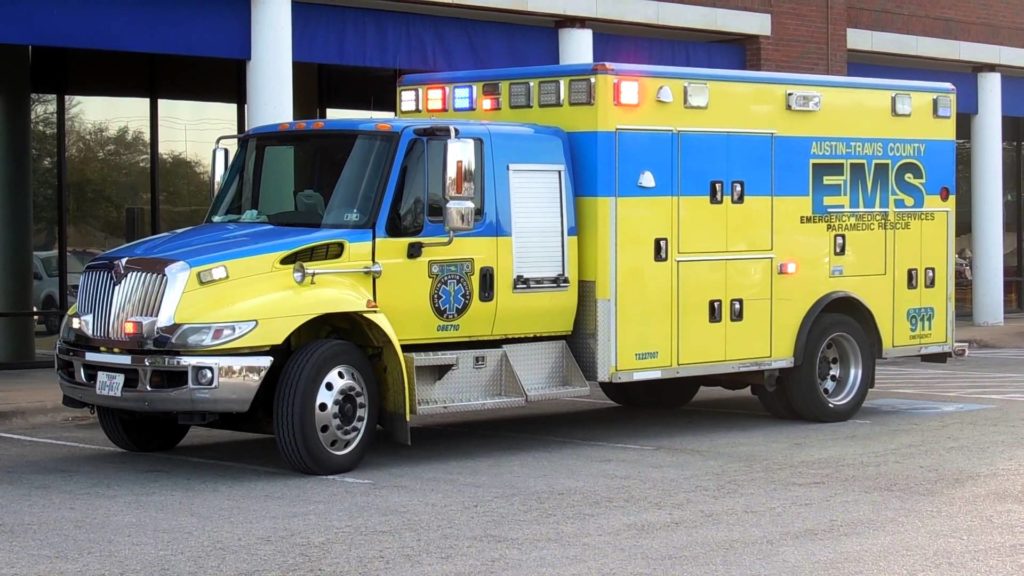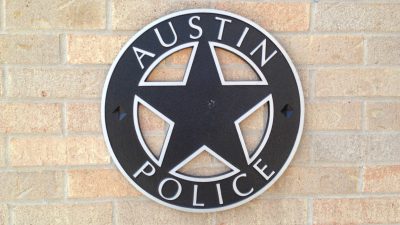Austin-Travis County EMS on Sunday, along with the Austin Fire Department and the Office of the Chief Medical Officer, held a Stop the Bleed course for local businesses and community members in central Austin.
As mass casualty incidents increase in frequency, officials say the importance of having trained “immediate responders” throughout communities is vital. An immediate responder could be a bystander to an incident, or may even be a surviving victim who is able to assist those around them until medics and other first responders arrive.
Sunday’s event was tailored specifically to the LGBT community in the wake of a recent mass shooting in Colorado Springs.
“Immediately after the Colorado Springs attack, members of the LGBTQIA+ community reached out and expressed that they feel particularly vulnerable, and may not know what to do in a similar situation,” said ATCEMS Captain Shannon Koesterer. “We came up with the idea to provide this training, to empower community members and give them the knowledge and tools to potentially save a life.”
After-action reviews of many mass casualty incidents have consistently found that some deaths could have been prevented using simple and effective bleeding control techniques immediately following an injury. The training teaches multiple techniques to control life-threatening hemorrhages, as well as skills like tourniquet application, wound packing, and more, officials said.
Sunday’s training was the first of several that are planned, and what the team hopes will be many more. For the initial classes, the Capitol Area of Texas Regional Advisory Council was able to provide additional training equipment, as well as 200 Stop the Bleed kits for participants to take home.
“This first class was absolutely a success. The initial supplies we got from CATRAC are a great jumping-off point, and we’re already planning out additional classes,” Captain Koesterer said. “We’re also in the process of seeking additional funding, so we can turn this into a sustainable, recurring training we can provide to the community.”





